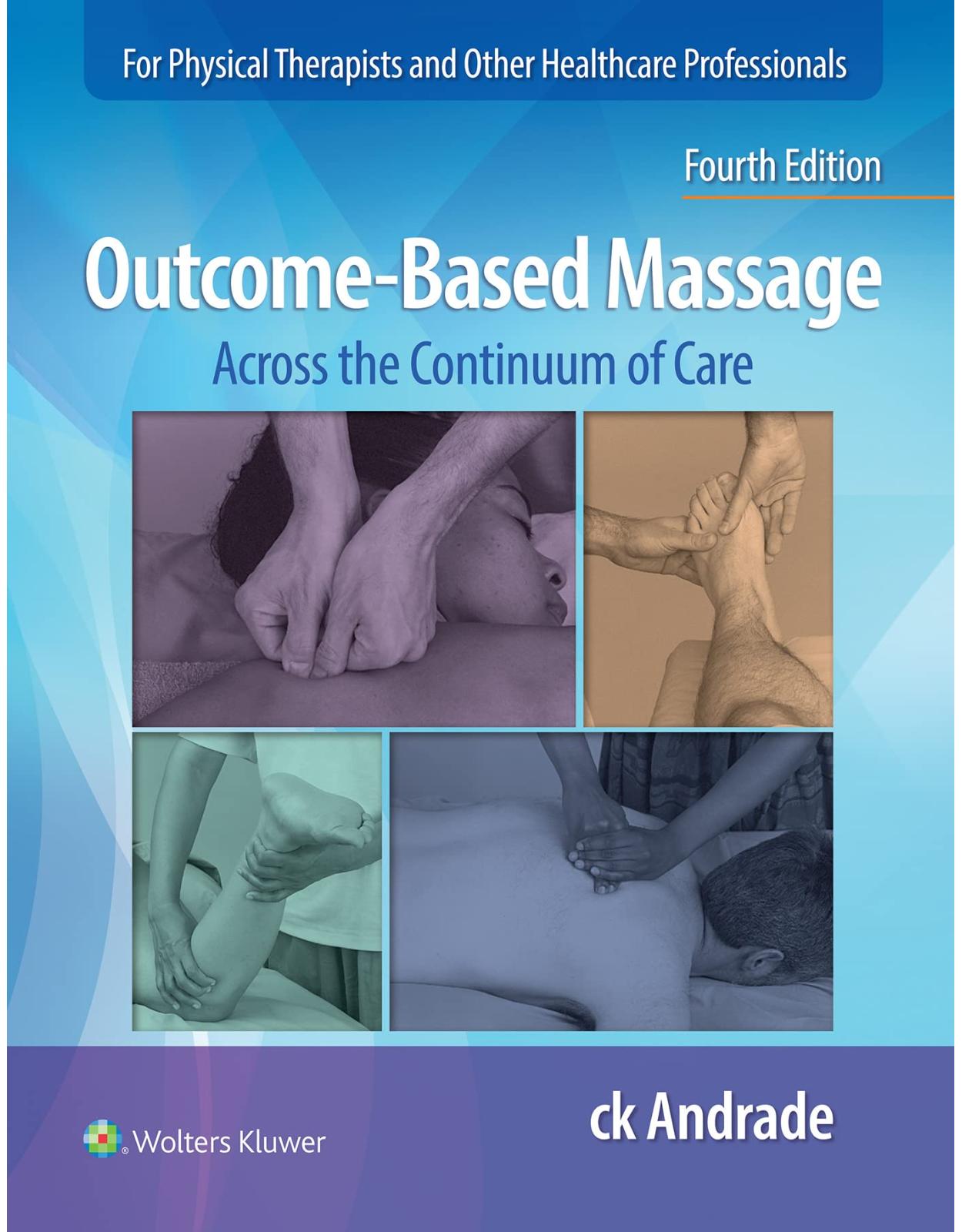
Outcome-Based Massage: Across the Continuum of Care
Livrare gratis la comenzi peste 500 RON. Pentru celelalte comenzi livrarea este 20 RON.
Disponibilitate: La comanda in aproximativ 4 saptamani
Autor: Carla-Krystin Andrade
Editura: LWW
Limba: Engleza
Nr. pagini: 608
Coperta: Paperback
Dimensiuni:
An aparitie: 12 July 2022
Description:
Praised for its engaging approach and contemporary coverage, Outcome-Based Massage: Across the Continuum of Care, 4th Edition, continues a tradition of excellence in equipping students for success on board reviews and transitioning theory into clinical practice. Reflecting the fields of massage therapy, physical therapy, athletic training, education, psychology, medicine, and physiology, author ck Andrade and a team of experts deliver a comprehensive understanding of Outcome-Based Massage™ and its clinical applications at an accessible breadth and depth. This extensively updated edition integrates principles and techniques across the continuum of care and aligns content with the latest evidence, clinical practice guidelines, and healthcare regulations to help users confidently meet clients’ unique needs and achieve superior treatment outcomes.
Table of Contents:
PART I: PRINCIPLES OF OUTCOME-BASED MASSAGE™
Chapter 1 Principles of Outcome-Based Massage™
OUTCOME-BASED MASSAGE™: AN OVERVIEW
OUTCOMES FOR MASSAGE
Therapeutic Effects of Massage
Impairments and Outcomes for Medical Massage
Outcomes for Wellness Massage
Outcomes for Whole Systems Massage
THE CLINICAL CONTEXT FOR OUTCOMES
The Structure of Care for Massage
The Process of Care for Massage
TELEHEALTH: AN EMERGING CLINICAL CONTEXT FOR OUTCOMES
The History of Telehealth
Using Telehealth in Care
IN CONCLUSION
IMPAIRMENTS AND OUTCOMES FOR PATIENTS WITH CLINICAL CONDITIONS
WELLNESS OUTCOMES
TELEHEALTH OUTCOMES AND CARE
Chapter 2 Interpersonal and Ethical Issues for Massage
FOUNDATIONS OF THE THERAPEUTIC RELATIONSHIP
THE THERAPEUTIC RELATIONSHIP
Client-Centered Care
The Therapeutic Contract
Ethical Conduct within the Therapeutic Relationship
THE THERAPEUTIC PROCESS
Beginning Phase: Building Trust
Mid-phase: Exploring Sensations
Final Phase: Creating Healthy Closure
STRATEGIES FOR ENHANCING THE THERAPEUTIC RELATIONSHIP
Obtain Informed Consent
Communicate Clearly
Ensure Privacy and Confidentiality
Establish Healthy Therapeutic Boundaries
Enhance Client Adherence
EMOTIONAL RESPONSES TO MASSAGE
Emotional Responses to Changes in Physical Structure
Tissue Memory
Negative Past Experiences of Touch
Trauma and Anxiety
Addressing the Client’s Emotional Response to Massage
Manage Your Response to Clients’ Emotional Expression
Ensure Client Safety
IN CONCLUSION
Chapter 3 Evidence for Massage
WHY THERAPISTS NEED EVIDENCE
EVIDENCE-BASED PRACTICE
Initiating Evidence-Based Practice
FINDING THE EVIDENCE FOR PRACTICE
Evidence from Primary Sources
Evidence from Secondary Sources
UNDERSTANDING THE EVIDENCE FOR PRACTICE
Basics of Quantitative and Qualitative Research
Quantitative, Qualitative, and Mixed Methods Research Designs
Designs for Massage Research
EVALUATING THE EVIDENCE FOR PRACTICE
Levels of Evidence
Reading and Evaluating Research Articles
APPLYING EVIDENCE TO PRACTICE
TRENDS IN THE EVIDENCE ON MASSAGE
Effects of Massage on Pain Including Low Back Pain
Effects of Massage on Mood
Other Effects of Massage
ISSUES IN MASSAGE RESEARCH
Issues in Current Research Methodologies
Directions in Designing and Reporting Research for Massage
IN CONCLUSION
HOW TO READ A RESEARCH ARTICLE CRITICALLY
The Introduction
Research Methods
Research Results
Discussion and Conclusions
CLINICAL CASES ON EVIDENCE FOR MASSAGE
Part II: CLIENT EXAMINATION AND CLINICAL DECISION-MAKING
Chapter 4 Client Examination for Outcome-Based Massage™
FOCUS OF CLIENT EXAMINATION FOR OUTCOME-BASED MASSAGE™
Client Examination for Medical Massage
Client Examination for Wellness Massage
PERFORMING THE CLIENT EXAMINATION
Performing the Subjective Examination
Performing the Objective Examination
Using Palpation in Client Examination
MUSCULOSKELETAL EXAMINATION
Posture
Joint Integrity
Joint Mobility
Muscle Integrity
Muscle Performance
Resting Muscle Tension
Adhesions and Scarring
Connective Tissue Integrity
PSYCHONEUROIMMUNOLOGIC EXAMINATION
Stress
MULTISYSTEM EXAMINATION
Pain
Impaired Sensation Secondary to Entrapment Neuropathy
Swelling
NEUROLOGIC EXAMINATION
Neuromuscular Tone
CARDIOPULMONARY EXAMINATION
Dyspnea
Rib Cage Mobility
Airway Clearance
FUNCTIONAL EXAMINATION
Self-Care Activities
Health-Related Quality of Life
SCIENTIFIC BASIS OF SOFT TISSUE EXAMINATION
Soft Tissue Layers
Soft Tissue Mobility and Restrictive Barriers
Fascia
Resting Muscle Tension
IN CONCLUSION
PRACTICAL ASPECTS OF PALPATION
Anatomic Structures
Tissue Mobility and Restrictive Barriers
Temperature
Contour and Bulk
Texture and Consistency
Fluid Status
Body Rhythms
Tremors and Fasciculations
Vibration
PRACTICAL ASPECTS OF THE MUSCULOSKELETAL EXAMINATION
Posture: Visual Postural Analysis
Joint Integrity: Capsular Pattern Testing
Joint Mobility: Thoracolumbar Flexion Range of Motion
Muscle Integrity: Thomas Test
Muscle Integrity: Palpation of Trigger Points
Muscle Performance: Isometric Strength Testing
Scar: Scar Assessment
Fascial Mobility: Connective Tissue Mobility
PRACTICAL ASPECTS OF THE PSYCHONEUROIMMUNOLOGIC EXAMINATION
Stress: Self-Reported Symptoms of Chronic Psychosocial Stress
Stress: Self-Reported Levels of Chronic Psychosocial Stress
PRACTICAL ASPECTS OF THE MULTISYSTEM EXAMINATION
Pain: Visual Analog Scale and Body Diagram
Pain: Pain Interview
Pain: Palpation for Pain
Pain: Tissue Sensitivity with Pressure Algometer
Swelling: Girth Measurement
PRACTICAL ASPECTS OF THE NEUROLOGIC EXAMINATION
Muscle Tone: Spasticity Testing
Upper Motor Neuron Testing: Babinski Reflex
PRACTICAL ASPECTS OF THE CARDIOPULMONARY EXAMINATION
Rib Cage Mobility: Chest Expansion Testing
PRACTICAL ASPECTS OF THE FUNCTIONAL EXAMINATION
Self-Care: Barthel Index
Chapter 5 Outcome-Based MassageTM Clinical Decision-Making
THE OUTCOME-BASED MASSAGE™ CLINICAL DECISION-MAKING PROCESS
Phases in Outcome-Based Massage™ Clinical Decision-Making
OBM Clinical Decision-Making for Wellness versus Medical Massage
EVALUATION PHASE
Review Treatment Reason and Conduct Subjective and Objective Client Examination (Steps 1 and 2)
Analyze Findings and Confirm the Client’s Presenting Issue (Step 3)
TREATMENT PLANNING PHASE
Identify Client Problems/Wellness Goals and Specify Relevant Outcomes (Step 4)
Select Appropriate Treatment Techniques and Create Plan of Care (Step 5)
TREATMENT PHASE
Deliver the Treatment Outlined in the Plan of Care (Step 6)
Conduct Client Reexamination and Modify Treatment (Step 7)
DISCHARGE PHASE
Identify Client’s Discharge Needs and Formulate Discharge Plan (Step 8)
Discharge Client When Appropriate Outcomes Are Met (Step 9)
ONGOING CARE
CHART SYSTEMATICALLY
Reduce Risk of Harm
Measure Meaningfully and Describe Findings Clearly
Draw a Professional Conclusion
Frame a Complete Clinical Picture
Build a Treatment Scaffold
INTEGRATING THE THERAPEUTIC PROCESS AND EVIDENCE
OBM Clinical Decision-Making and Evidence-Based Practice
OBM Clinical Decision-Making and the Therapeutic Process
IN CONCLUSION
Part III: APPLICATION OF OUTCOME-BASED MASSAGE™ ACROSS THE CONTINUUM OF CARE
Chapter 6 Preparation and Positioning for Outcome-Based Massage™
THERAPIST’S PREPARATION FOR DELIVERING OBM INTERVENTIONS
Taxonomy of Massage Techniques
Intelligent Touch
Intelligent Practice of Massage Techniques
Receipt of Skilled Massage
THERAPISTS’ PHYSICAL PREPARATION FOR TREATMENT (SELF-CARE)
Movement
Stretching
Self-Massage
THERAPISTS’ PSYCHOLOGICAL PREPARATION FOR TREATMENT
Burnout Prevention
Time Management
Using Physical Modalities for Psychological Preparation
Spiritual Preparation
THERAPISTS’ PREPARATION OF MATERIALS FOR TREATMENT
Tables
Supports
Linen
Lubricants
IN CONCLUSION
POSITIONING AND DRAPING THE PATIENT DURING TREATMENT
Positioning
Draping
CLINICIANS’ POSTURE, ALIGNMENT, AND BODY MECHANICS DURING TREATMENT
Standing Aligned Posture
Standing Aligned Posture with Diaphragmatic Breathing
Standing Pelvic Tilt
Seated Aligned Posture
Lunge
Lunge and Reach
Lunge and Lean
Wide-Stance Knee Bend
Standing Controlled Lean
Seated Controlled Lean
Chapter 7 Superficial Reflex Techniques
DEFINITION
NAMES AND ORIGINS
USES
OUTCOMES AND EVIDENCE
HOW STATIC CONTACT MIGHT WORK
COMPONENTS OF STATIC CONTACT
PALPATION PRACTICE
MANUAL TECHNIQUE
THERAPIST’S POSITION AND MOVEMENT
PALPATE
OBSERVE
COMMUNICATION WITH THE CLIENT
CAUTIONS AND CONTRAINDICATIONS
USING STATIC CONTACT IN TREATMENT
Relaxation
DEFINITION
NAMES AND ORIGINS
USES
OUTCOMES AND EVIDENCE
HOW SUPERFICIAL STROKING MIGHT WORK
COMPONENTS OF SUPERFICIAL STROKING
PALPATION PRACTICE
MANUAL TECHNIQUE
THERAPIST’S POSITION AND MOVEMENT
PALPATE
OBSERVE
COMMUNICATION WITH THE CLIENT
CAUTIONS AND CONTRAINDICATIONS
USING SUPERFICIAL STROKING IN TREATMENT
Relaxation
DEFINITION
NAMES AND ORIGINS
USES
OUTCOMES AND EVIDENCE
HOW FINE VIBRATION MIGHT WORK
COMPONENTS OF FINE VIBRATION
MANUAL TECHNIQUE
THERAPIST’S POSITION AND MOVEMENT
PALPATE
OBSERVE
COMMUNICATION WITH THE CLIENT
CAUTIONS AND CONTRAINDICATIONS
USING FINE VIBRATION IN TREATMENT
Analgesia
IN CONCLUSION
Chapter 8 Superficial Fluid Techniques
DEFINITION
NAMES AND ORIGINS
USES
OUTCOMES AND EVIDENCE
HOW SUPERFICIAL EFFLEURAGE MIGHT WORK
COMPONENTS OF SUPERFICIAL EFFLEURAGE
PALPATION PRACTICE
MANUAL TECHNIQUE
THERAPIST’S POSITION AND MOVEMENT
PALPATE
OBSERVE
Reduction of Swelling
Relaxation
COMMUNICATION WITH THE CLIENT
CAUTIONS AND CONTRAINDICATIONS
USING SUPERFICIAL EFFLEURAGE IN TREATMENT
Orthopedic Injuries
Lymphedema
Venous Stasis
DEFINITION
NAMES AND ORIGINS
USES
OUTCOMES AND EVIDENCE
HOW SUPERFICIAL LYMPH DRAINAGE TECHNIQUE MIGHT WORK
COMPONENTS OF SUPERFICIAL LYMPH DRAINAGE TECHNIQUE
PALPATION PRACTICE
MANUAL TECHNIQUE
THERAPIST’S POSITION AND MOVEMENT
PALPATE
OBSERVE
COMMUNICATION WITH THE CLIENT
CAUTIONS AND CONTRAINDICATIONS
USING SUPERFICIAL LYMPH DRAINAGE TECHNIQUE IN TREATMENT
Orthopedic Injuries
Lymphedema
Venous Stasis
IN CONCLUSION
Chapter 9 Neuromuscular Techniques
DEFINITION
NAMES AND ORIGINS
USES
OUTCOMES AND EVIDENCE
Cardiopulmonary Effects
Effects on Resting Muscle Tension
HOW BROAD-CONTACT COMPRESSION MIGHT WORK
COMPONENTS OF BROAD-CONTACT COMPRESSION
PALPATION PRACTICE
MANUAL TECHNIQUE
THERAPIST’S POSITION AND MOVEMENT
PALPATE
OBSERVE
COMMUNICATION WITH THE CLIENT
CAUTIONS AND CONTRAINDICATIONS
USING BROAD-CONTACT COMPRESSION IN TREATMENT
Stress
Chest Wall Mobility
DEFINITION
NAMES AND ORIGINS
USES
OUTCOMES AND EVIDENCE
Psychoneuroimmunologic Effects
Musculoskeletal Effects
Neurologic Effects
Cardiovascular and Pulmonary Effects
Multisystem Effects
Use in Multimodal Interventions
HOW PETRISSAGE MIGHT WORK
COMPONENTS OF PETRISSAGE
Petrissage 1: Muscle Squeezing
Petrissage 2: Wringing
Petrissage 3: Picking-Up (“C-Kneading”)
Petrissage 4: Broad-Contact Kneading and Deep Effleurage
Petrissage 5: Specific Kneading (Thumbs, Fingerpads, Fingertips)
PALPATION PRACTICE
MANUAL TECHNIQUE: PETRISSAGE 1, MUSCLE SQUEEZING
THERAPIST’S POSITION AND MOVEMENT: PETRISSAGE 1, MUSCLE SQUEEZING
MANUAL TECHNIQUE: PETRISSAGE 2, WRINGING
THERAPIST’S POSITION AND MOVEMENT: PETRISSAGE 2, WRINGING
MANUAL TECHNIQUE: PETRISSAGE 3, PICKING-UP (“C-KNEADING”)
THERAPIST’S POSITION AND MOVEMENT: PETRISSAGE 3, PICKING-UP (“C-KNEADING”)
MANUAL TECHNIQUE: PETRISSAGE 4, BROAD-CONTACT KNEADING AND DEEP EFFLEURAGE
THERAPIST’S POSITION AND MOVEMENT: PETRISSAGE 4, BROAD-CONTACT KNEADING AND DEEP EFFLEURAGE
MANUAL TECHNIQUE: PETRISSAGE 5, SPECIFIC KNEADING (THUMBS, FINGERPADS, FINGERTIPS)
THERAPIST’S POSITION AND MOVEMENT: PETRISSAGE 5, SPECIFIC KNEADING (THUMBS, FINGERPADS, FINGERTIPS)
PALPATE: ALL FORMS OF PETRISSAGE
OBSERVE: ALL FORMS OF PETRISSAGE
COMMUNICATION WITH THE CLIENT: ALL FORMS OF PETRISSAGE
CAUTIONS AND CONTRAINDICATIONS: ALL FORMS OF PETRISSAGE
USING PETRISSAGE IN TREATMENT
Psychosocial Stress
Orthopedic Injuries
Postintervention Self-Care Instructions
DEFINITION
NAMES AND ORIGINS
USES
OUTCOMES AND EVIDENCE
Stripping
Myofascial Trigger Points
HOW STRIPPING MIGHT WORK
COMPONENTS OF STRIPPING
PALPATION PRACTICE
MANUAL TECHNIQUE
THERAPIST’S POSITION AND MOVEMENT
PALPATE
OBSERVE
COMMUNICATION WITH THE CLIENT
CAUTIONS AND CONTRAINDICATIONS
USING STRIPPING IN TREATMENT
Trigger Points
DEFINITION
NAMES AND ORIGINS
USES
OUTCOMES AND EVIDENCE
Musculoskeletal Effects
Neurologic Effects
Other Effects
HOW SPECIFIC COMPRESSION MIGHT WORK
COMPONENTS OF SPECIFIC COMPRESSION
PALPATION PRACTICE
MANUAL TECHNIQUE
THERAPIST’S POSITION AND MOVEMENT
PALPATE
OBSERVE
COMMUNICATION WITH THE CLIENT
CAUTIONS AND CONTRAINDICATIONS
USING SPECIFIC COMPRESSION IN TREATMENT
Trigger Points
Motor Control
CONCLUSION
Chapter 10 Connective Tissue Techniques
DEFINITION
NAMES AND ORIGINS
USES
OUTCOMES AND EVIDENCE
HOW SKIN ROLLING MIGHT WORK
COMPONENTS OF SKIN ROLLING
PALPATION PRACTICE
MANUAL TECHNIQUE
THERAPIST’S POSITION AND MOVEMENT
PALPATE
OBSERVE
COMMUNICATION WITH THE CLIENT
CAUTIONS AND CONTRAINDICATIONS
USING SKIN ROLLING IN TREATMENT
Mobilizing Chronic-Stage Scars
DEFINITION
NAMES AND ORIGINS
USES
OUTCOMES AND EVIDENCE
HOW MYOFASCIAL RELEASE MIGHT WORK
COMPONENTS OF MYOFASCIAL RELEASE
PALPATION PRACTICE
MANUAL TECHNIQUE
THERAPIST’S POSITION AND MOVEMENT
PALPATE
OBSERVE
COMMUNICATION WITH THE CLIENT
CAUTIONS AND CONTRAINDICATIONS
USING MYOFASCIAL RELEASE IN TREATMENT
To Increase Fascial Extensibility
For Postural Conditions
DEFINITION
NAMES AND ORIGINS
USES
OUTCOMES AND EVIDENCE
HOW DIRECT FASCIAL TECHNIQUE MIGHT WORK
COMPONENTS OF DIRECT FASCIAL TECHNIQUE
PALPATION PRACTICE
MANUAL TECHNIQUE
THERAPIST’S POSITION AND MOVEMENT
PALPATE
OBSERVE
COMMUNICATION WITH THE CLIENT
CAUTIONS AND CONTRAINDICATIONS
USING DIRECT FASCIAL TECHNIQUE IN TREATMENT
To Increase Fascial Extensibility
For Postural Conditions
DEFINITION
NAMES AND ORIGINS
USES
OUTCOMES AND EVIDENCE
HOW FRICTION MIGHT WORK
COMPONENTS OF FRICTION
PALPATION PRACTICE
MANUAL TECHNIQUE
THERAPIST’S POSITION AND MOVEMENT
PALPATE
OBSERVE
COMMUNICATION WITH THE CLIENT
CAUTIONS AND CONTRAINDICATIONS
USING FRICTION IN TREATMENT
To Decrease Adhesions and Fibrosis and Increase Connective Tissue Extensibility
For Contractile Lesions
IN CONCLUSION
Chapter 11 Passive Movement Techniques
DEFINITION
NAMES AND ORIGINS
USES
OUTCOMES AND EVIDENCE
HOW SHAKING MIGHT WORK
COMPONENTS OF SHAKING
PALPATION PRACTICE
MANUAL TECHNIQUE
THERAPIST’S POSITION AND MOVEMENT
PALPATE
OBSERVE
COMMUNICATION WITH THE CLIENT
CAUTIONS AND CONTRAINDICATIONS
USING SHAKING IN TREATMENT
To Reduce Unnecessary Muscle Tension
To Enhance Arousal (Wakefulness)
In Pre- and Intercompetition Sports Massage
DEFINITION
NAMES AND ORIGINS
USES
OUTCOMES AND EVIDENCE
HOW RHYTHMIC MOBILIZATION MIGHT WORK
COMPONENTS OF RHYTHMIC MOBILIZATION
PALPATION PRACTICE
MANUAL TECHNIQUE
THERAPIST’S POSITION AND MOVEMENT
PALPATE
OBSERVE
COMMUNICATION WITH THE CLIENT
CAUTIONS AND CONTRAINDICATIONS
USING RHYTHMIC MOBILIZATION IN TREATMENT
To Reduce Unnecessary Muscle Tension
To Enhance Arousal (Wakefulness)
In Pre- and Intercompetition Sports Massage
To Enhance Airway Clearance
DEFINITION
NAMES AND ORIGINS
USES
OUTCOMES AND EVIDENCE
HOW ROCKING MIGHT WORK
COMPONENTS OF ROCKING
PALPATION PRACTICE
MANUAL TECHNIQUE
THERAPIST’S POSITION AND MOVEMENT
PALPATE
OBSERVE
Movement Achieved
Relaxation or Sedation
COMMUNICATION WITH THE CLIENT
CAUTIONS AND CONTRAINDICATIONS
USING ROCKING IN TREATMENT
For Relaxation or Sedation
To Reduce Unnecessary Muscle Tension
IN CONCLUSION
Chapter 12 Percussive Techniques
DEFINITION
NAMES AND ORIGINS
USES
OUTCOMES AND EVIDENCE
HOW PERCUSSION MIGHT WORK
COMPONENTS OF PERCUSSION
PALPATION PRACTICE
MANUAL TECHNIQUE: MANUAL CONTACT SURFACES FOR THE FORMS OF PERCUSSION
Pincement (Figures 12-1 and 12-2)2
Tapping (Figures 12-3 and 12-4)4,6,8-11
Hacking (Figures 12-5 and 12-6)
Slapping or “Splatting” (Figures 12-7 and 12-8)4,8,11
Clapping (Figures 12-9 and 12-10)3,5,6,8-10
Beating or “Rapping” (Figures 12-11 and 12-12)3,4,8
Pounding (Figure 12-13)3,4,8,10
MANUAL TECHNIQUE FOR ALL FORMS OF PERCUSSION
THERAPIST’S POSITION AND MOVEMENT
PALPATE
OBSERVE
COMMUNICATION WITH THE CLIENT
In General
When Clapping Is Used with Postural Drainage to Enhance Airway Clearance
CAUTIONS AND CONTRAINDICATIONS
USING PERCUSSION IN TREATMENT
For PDP
After Performing PDP
For Facilitation and Inhibition of Neuromuscular Tone
To Increase Arousal
IN CONCLUSION
Chapter 13 Sequencing Massage Techniques for Outcome-Based Massage™
STEPS IN THE SEQUENCING OF MASSAGE TECHNIQUES
Summarize the Clinical Findings and Outcomes
Select Treatment Techniques
Specify the Scope and Duration of the Sequence of Massage Techniques
Choose a Framing General Technique
Sequence the Chosen Massage Techniques According to Principles
DESIGN OF REGIONAL SEQUENCES OF MASSAGE TECHNIQUES
DESIGN OF MORE EXTENSIVE SEQUENCES OF MASSAGE TECHNIQUES
FULL-BODY SEQUENCES OF MASSAGE TECHNIQUES FOR WELLNESS
APPROACHES TO FULL-BODY MASSAGE FOR WELLNESS
Maximizing Relaxation in Wellness Massage
Relaxation versus Addressing the Effects of Stress
THE ART OF COHERENCE
STUDENT PRACTICE OF FULL-BODY SEQUENCES OF MASSAGE TECHNIQUES
IN CONCLUSION
DESIGN OF REGIONAL SEQUENCES OF MASSAGE TECHNIQUES
Sample Short Regional Sequence for the Back2,5
Sample Short Regional Sequence for the Leg2,5,9
Sample Short Regional Sequence for the Neck2,5
Sample Short Regional Sequence for the Arm
Sample Regional Sequence for the Abdomen2,5,20
Sample Regional Sequence for the Leg2,5,9
Sample Regional Sequence for the Neck, Head, and Face2,5
Sample Regional Sequence for the Back2,5
Sample Regional Sequence for the Shoulders
DESIGN OF MORE EXTENSIVE SEQUENCES OF MASSAGE TECHNIQUES
Sample Full-Body Sequence for Stress When You Cannot Remove Clothing
Sample Full-Body Sequence to Increase the Range of Motion
Sample Stimulating Full-Body Sequence
Sample Gentle Full-Body Sequence to Relieve Pain and Maintain Joint Range
Sample Full-Body Sequence for General Relaxation
Chapter 14 Application of Outcome-Based Massage™ to Clinical Conditions and Wellness
THE ROLE OF IMPAIRMENTS AND OUTCOMES IN TREATMENT PLANNING
COMBINING INTERVENTIONS FOR MULTIPLE BODY STRUCTURES AND FUNCTIONS
Guidelines for Combining Interventions for Different Impairments and Wellness Goals
PROGRESSION OF INTERVENTIONS
Progression of Interventions for Clinical Conditions
Progression of Wellness Interventions
DISCHARGE
INTERVENTIONS FOR PSYCHONEUROIMMUNOLOGIC IMPAIRMENTS
Stress: Impaired Ability to Relax, General Adaptation Syndrome—Early Stages
General Adaptation Syndrome—Later Stages
Insomnia, Reduced or Disturbed Sleep
Fatigue, Lethargy, Suboptimal Arousal
Altered Body Image
INTERVENTIONS FOR IMPAIRMENTS RELATED TO PAIN
Before Treating Pain
Acute Nociceptive Pain
Chronic Pain, Chronic Pain Syndromes
INTERVENTIONS FOR CIRCULATORY IMPAIRMENTS
Impaired Venous Return, Impaired Lymphatic Return, Edema, Lymphedema
Impaired Arterial Supply
INTERVENTIONS FOR RESPIRATORY IMPAIRMENTS
Impaired Airway Clearance
Elevated Resting Tension of Respiratory Muscles
Chest Wall Tightness
Abnormal or Altered Breathing Patterns
INTERVENTIONS FOR IMPAIRMENTS RELATED TO MUSCLE
Unnecessary Muscle Tension
Elevated Resting Tension
Trigger Points, Myofascial Pain
Muscle Spasm
Muscle Weakness Associated with Reduced Resting Tension or Neuromuscular Tone
INTERVENTIONS FOR CONNECTIVE TISSUE IMPAIRMENTS
Decreased Connective Tissue Mobility
Restriction of Joint Capsule or Ligaments
Hypermobility (Laxity) of Joint Capsule or Ligaments
INTERVENTIONS FOR POSTURAL IMPAIRMENTS
Postural Malalignment Owing to Bony Deformity
Adaptive Shortening with Impaired Balance of Agonist–Antagonist Muscle Function
Adaptive Lengthening with Stretch Weakness230 and Impaired Balance of Agonist–Antagonist Muscle Function
Decreased Postural and Kinesthetic Awareness
INTERVENTIONS FOR IMPAIRMENTS RELATED TO INFLAMMATION
Acute-Stage Inflammation
Chronic-Stage Inflammation
INTERVENTIONS RELATED TO IMPAIRMENTS IN RANGE OF MOTION
Reduced Active Range of Motion
INTERVENTIONS FOR NEUROLOGIC IMPAIRMENTS
Spasticity, Spastic Paralysis
Flaccidity, Flaccid Paralysis
IN CONCLUSION
Chapter 15 Quick Treatment Guides and Clinical Cases Across the Continuum of Care
SYMPTOMS AND MEDICAL MANAGEMENT
Acute COVID-19 Infection
Post COVID-19
TRANSMISSION
References
Glossary
Index
| An aparitie | 12 July 2022 |
| Autor | Carla-Krystin Andrade |
| Editura | LWW |
| Format | Paperback |
| ISBN | 9781975153809 |
| Limba | Engleza |
| Nr pag | 608 |

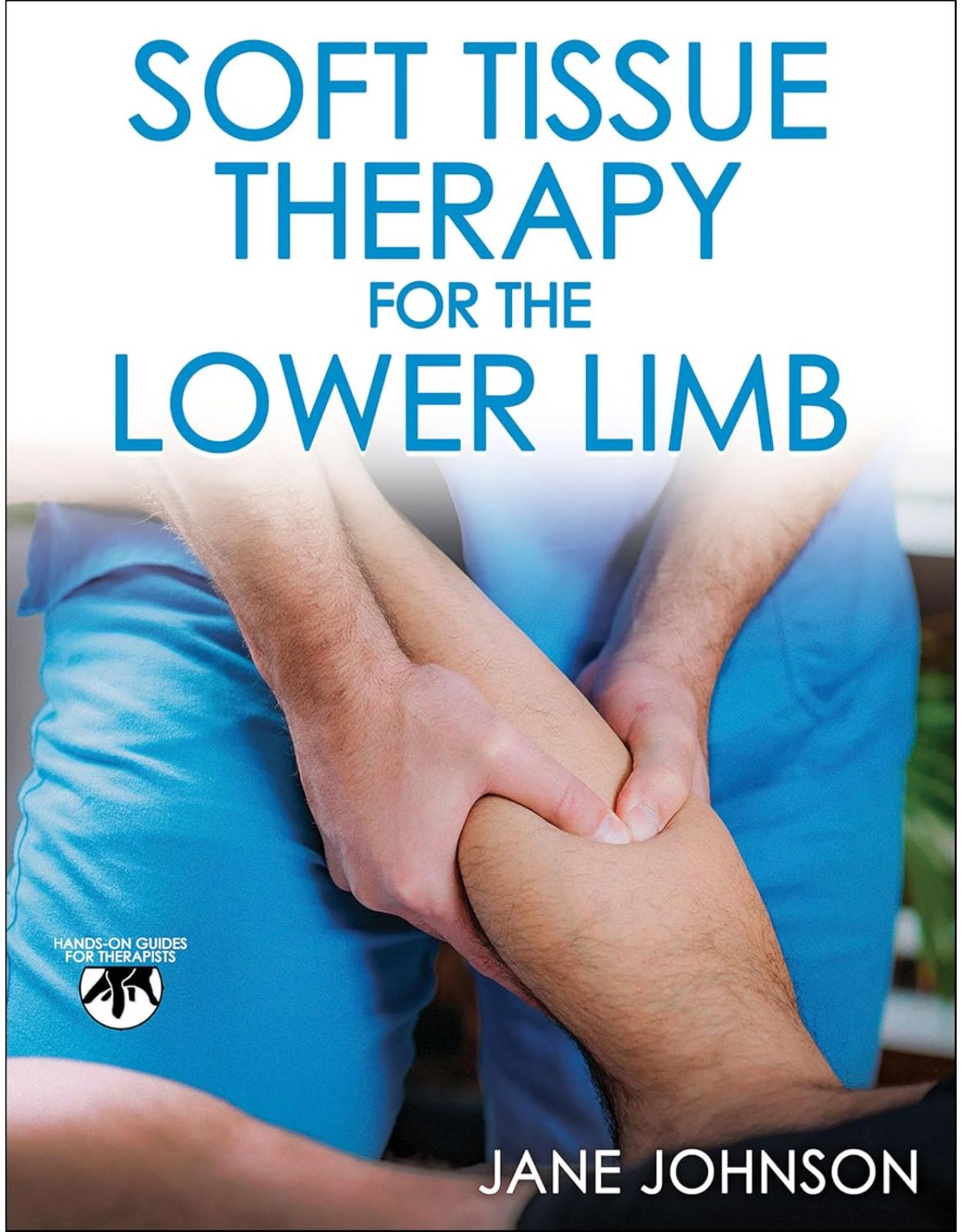
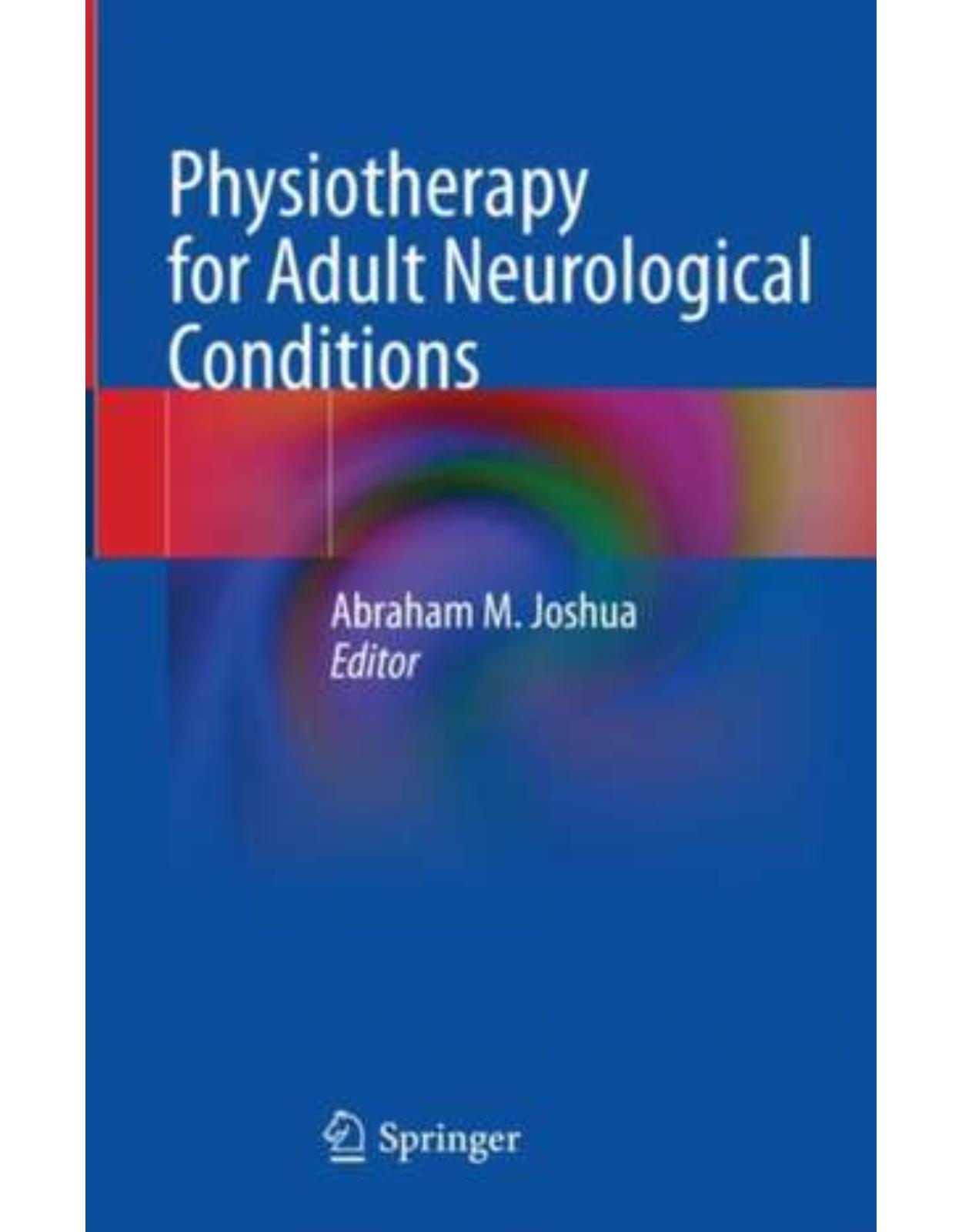
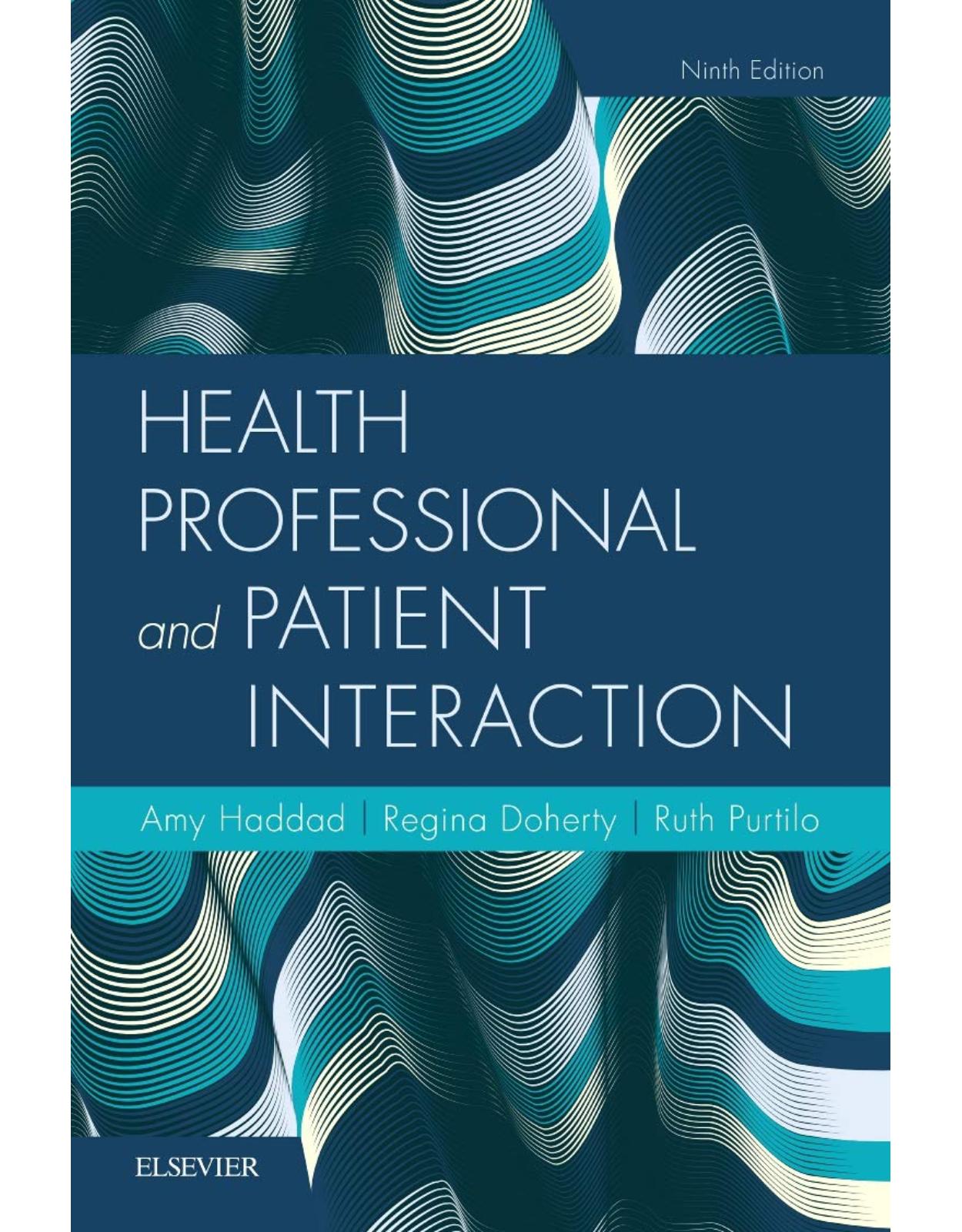
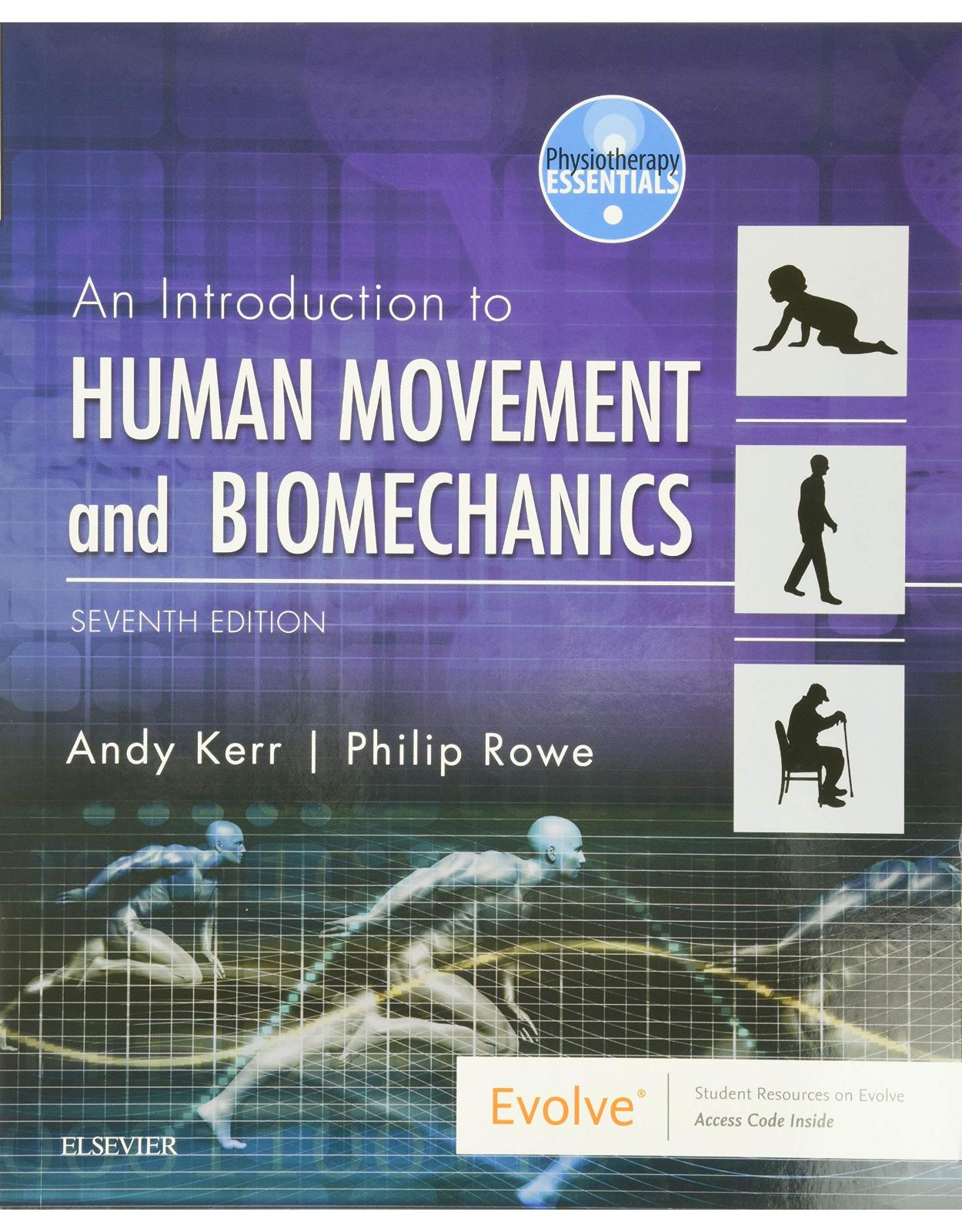
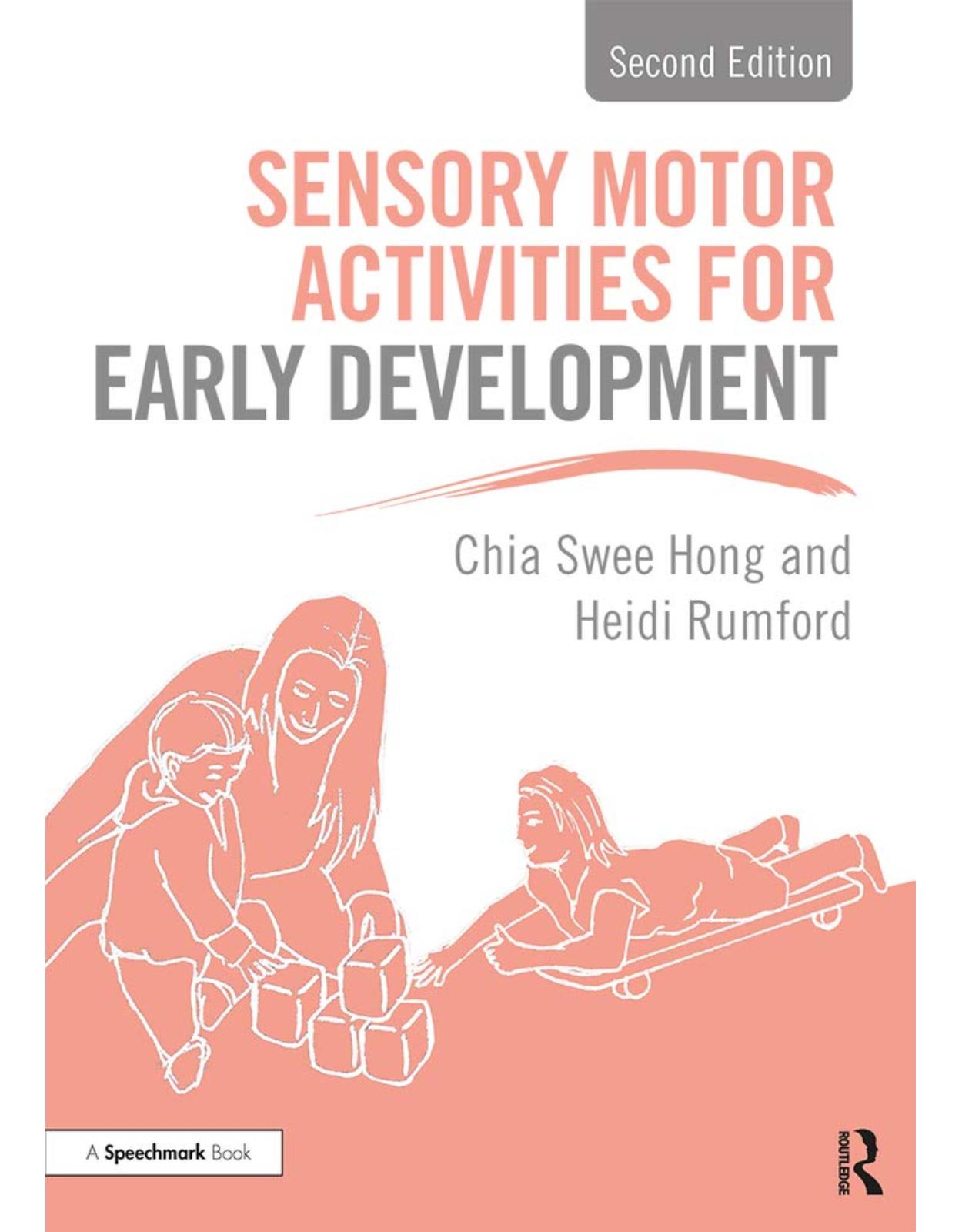
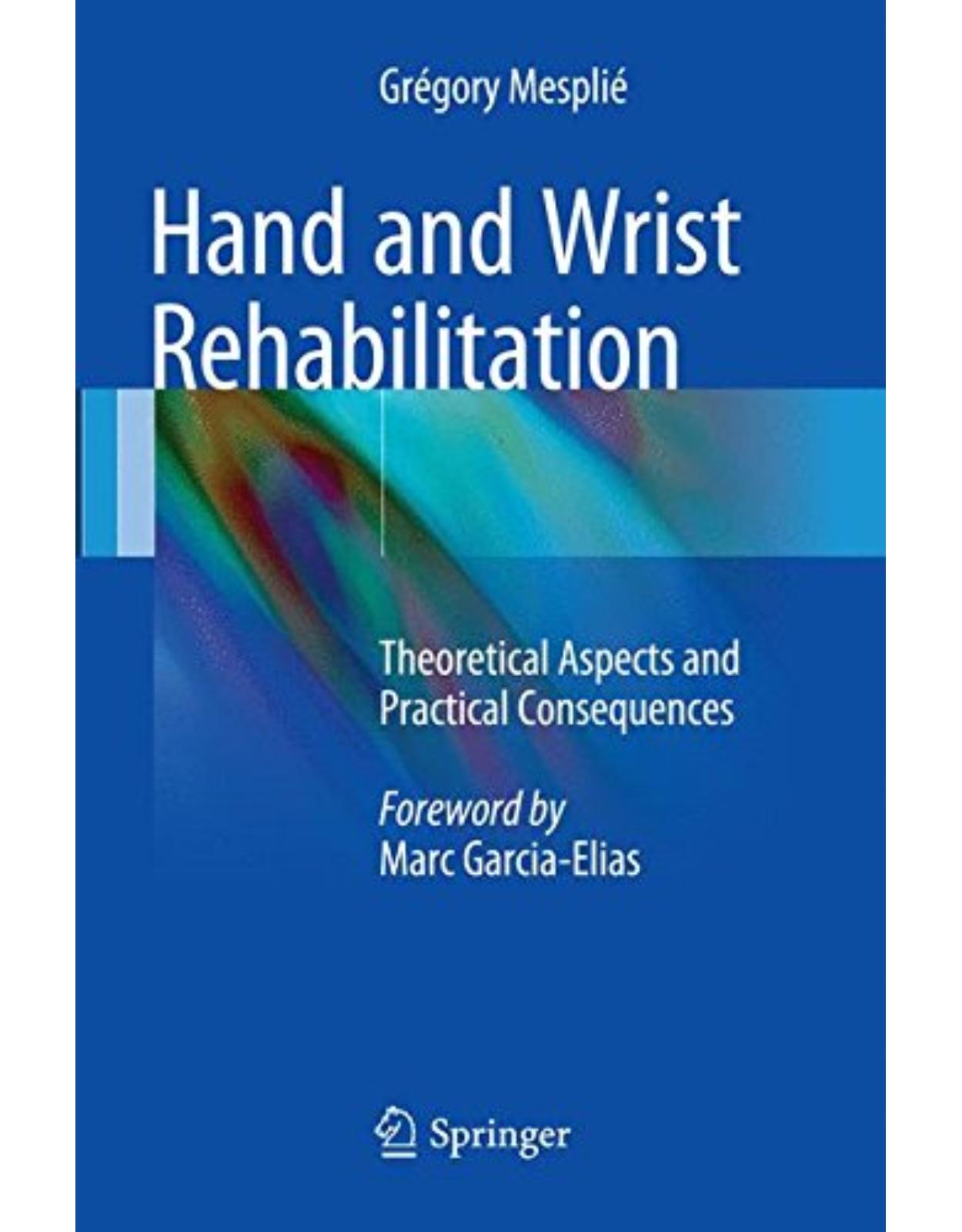
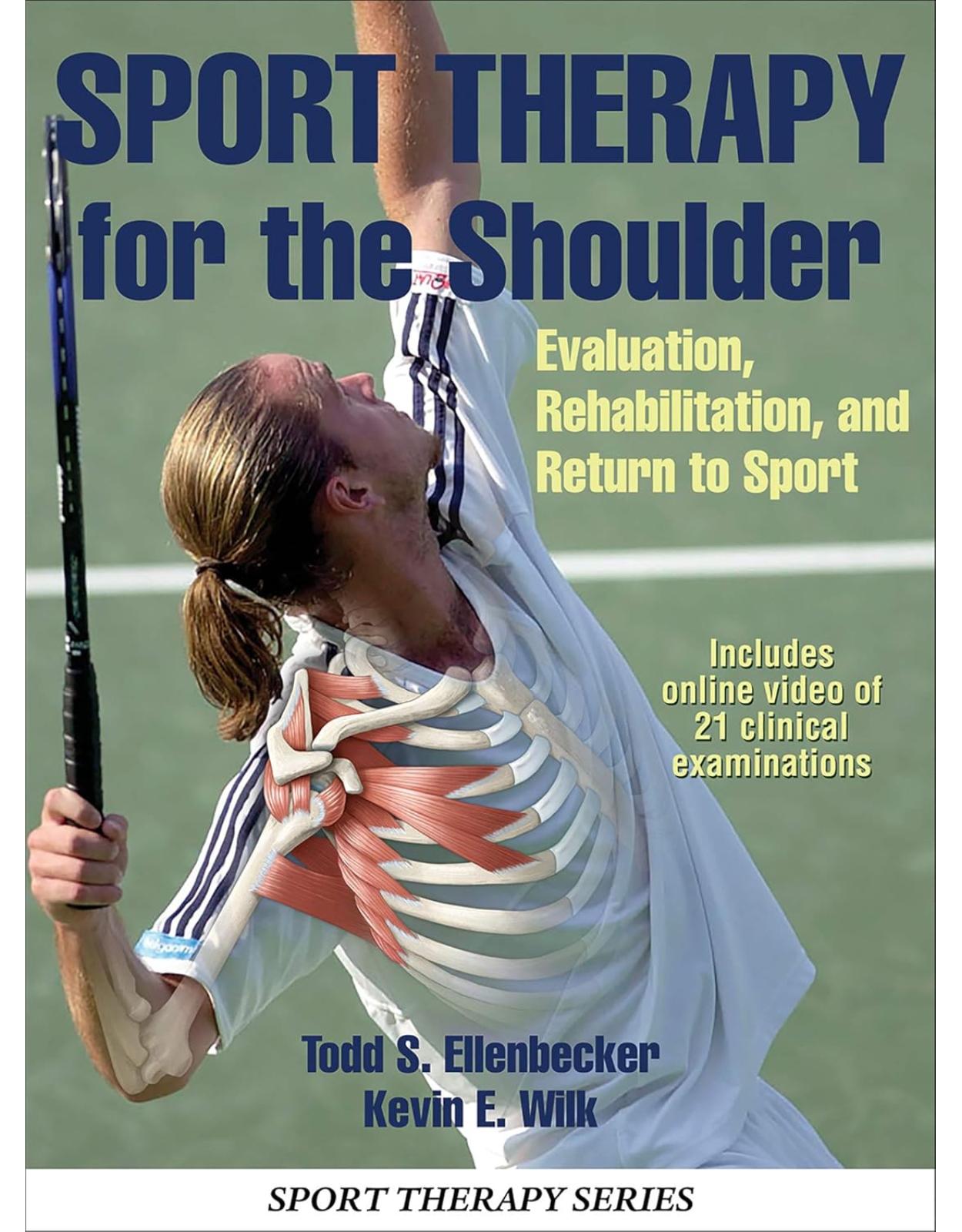
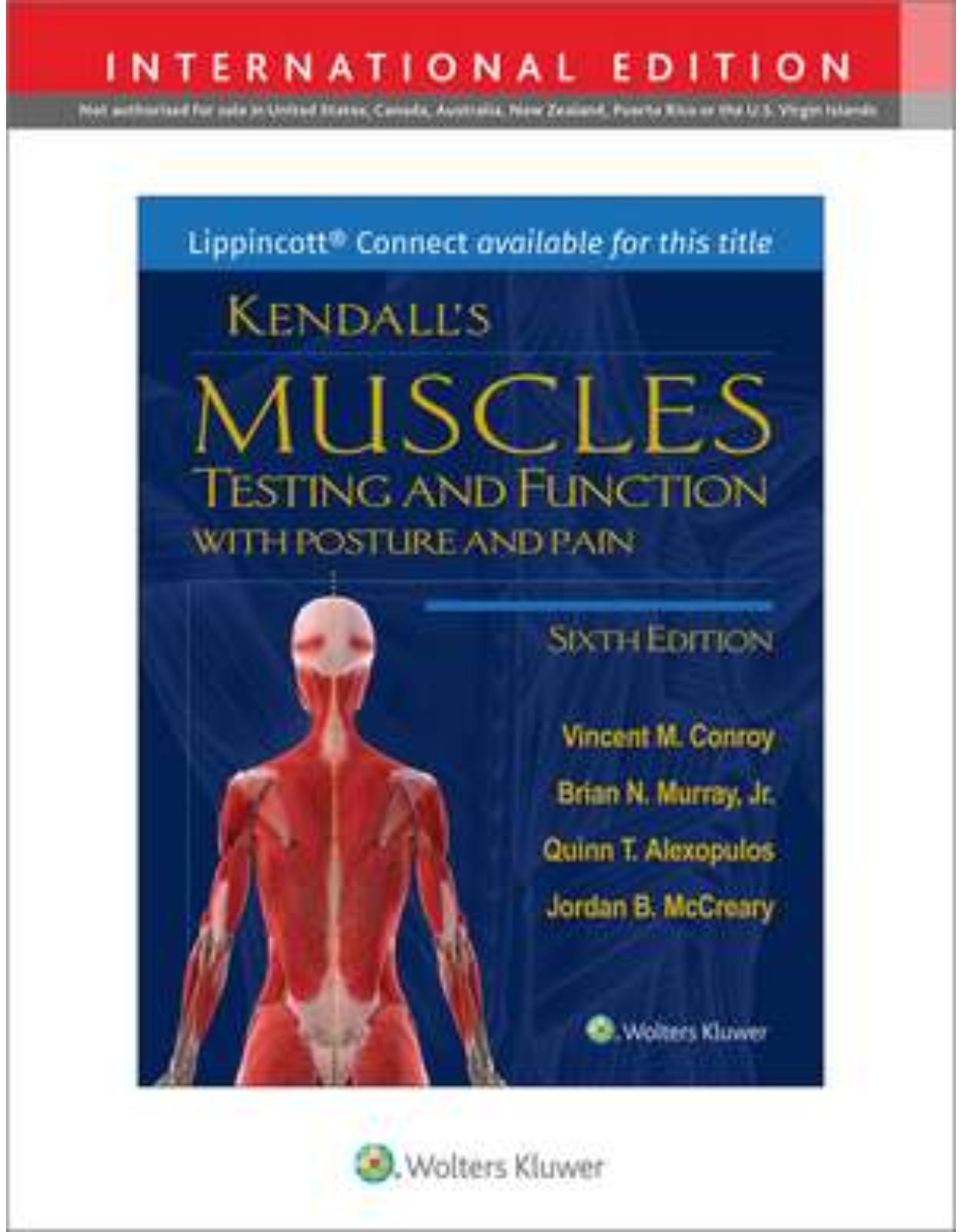
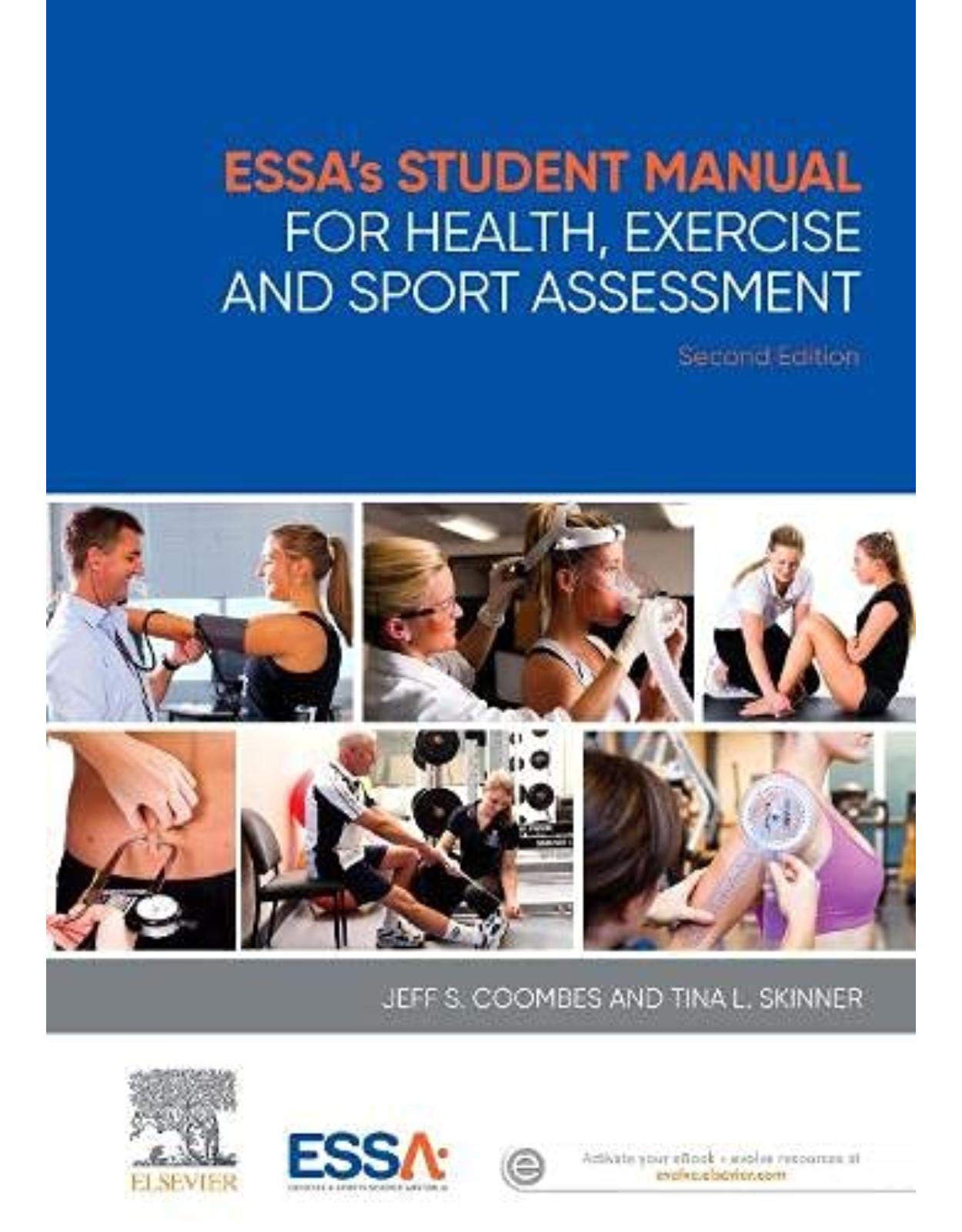
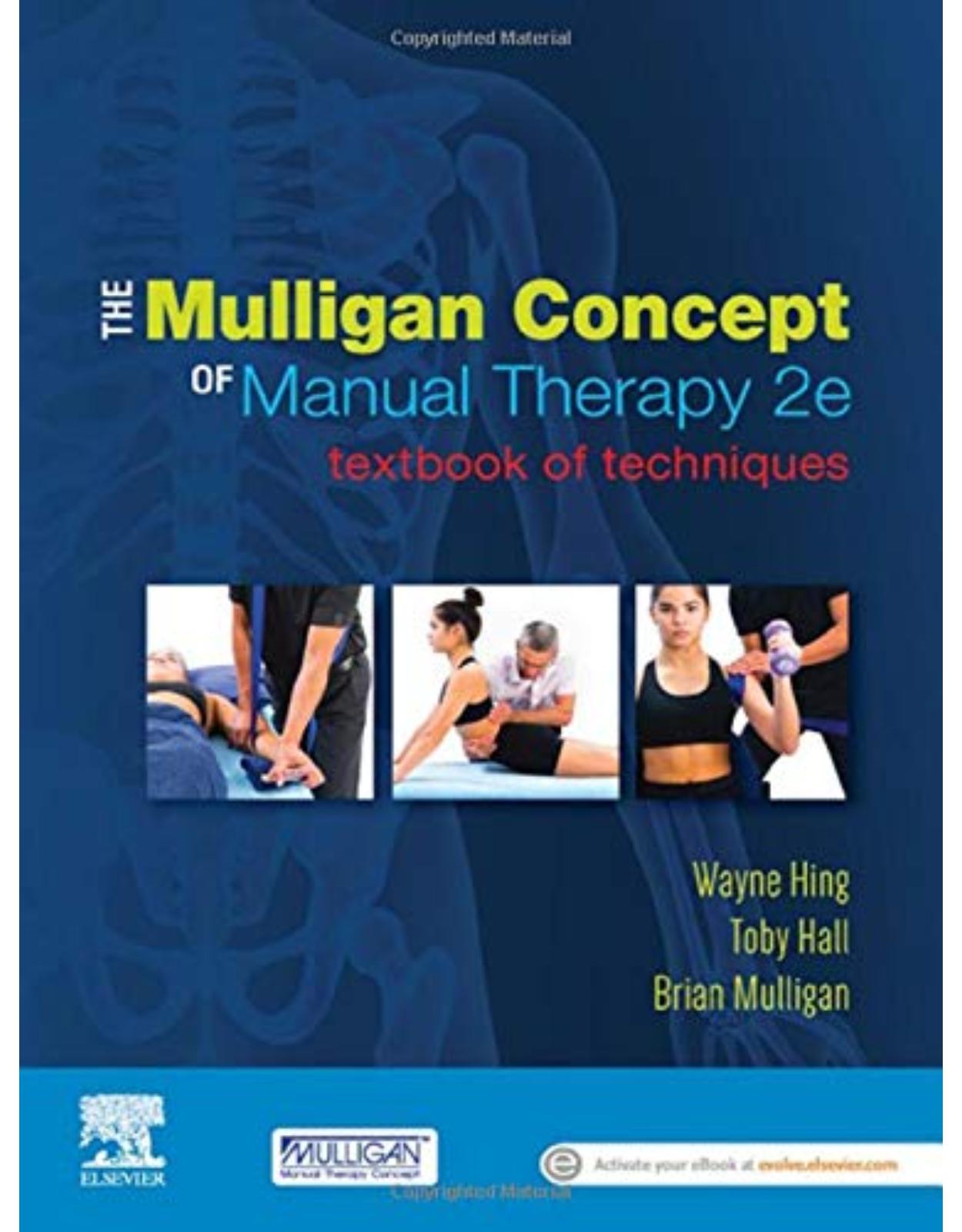
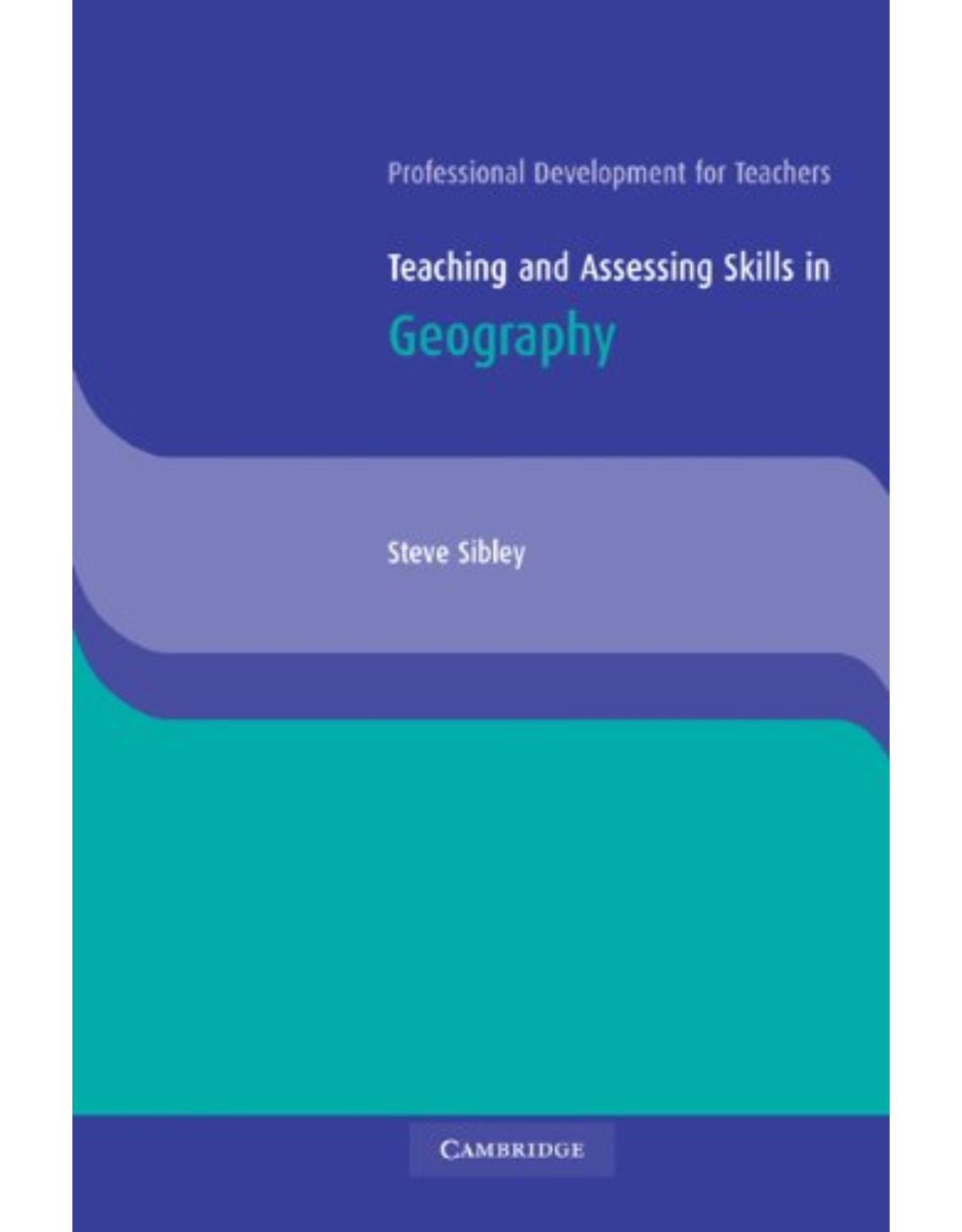
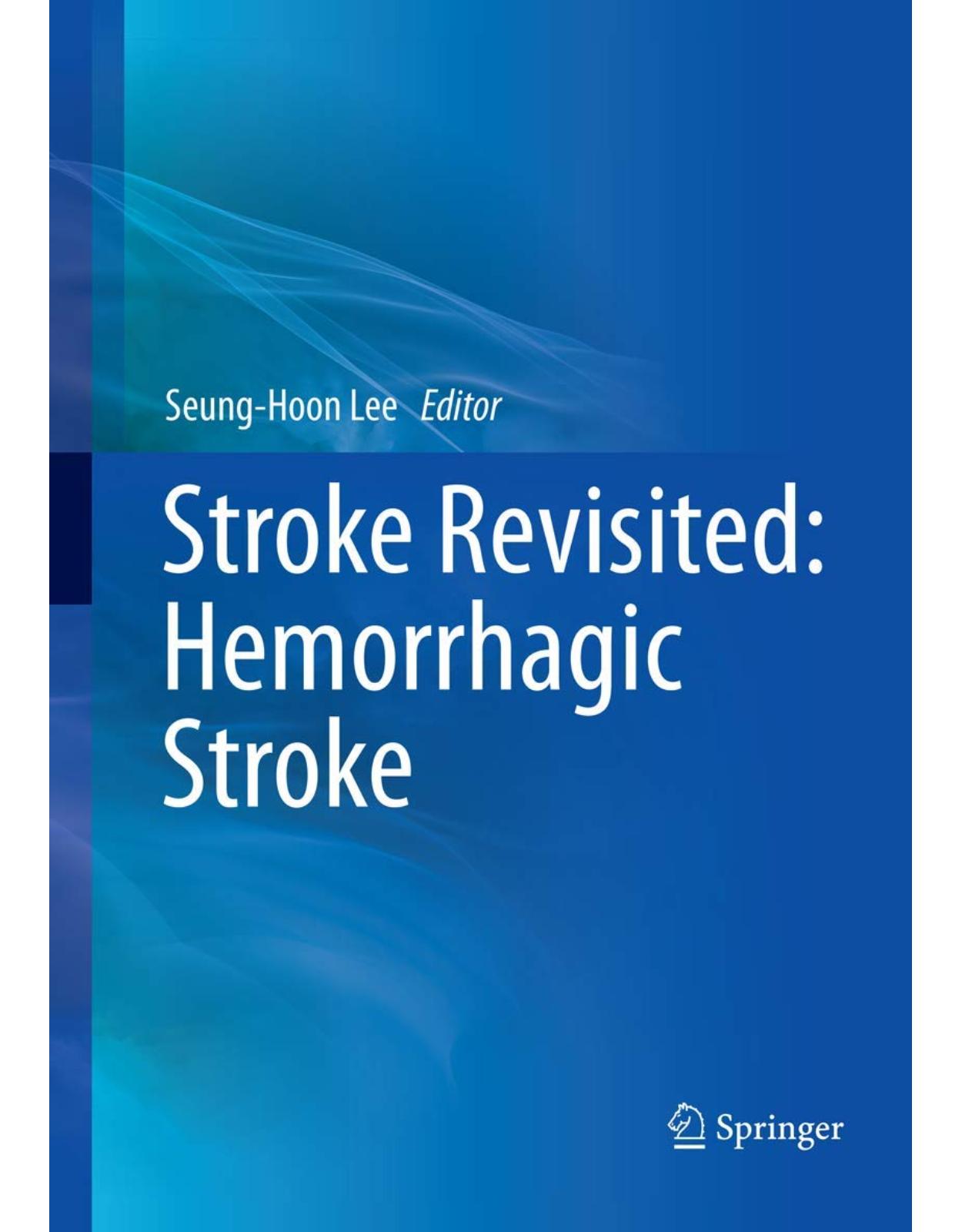
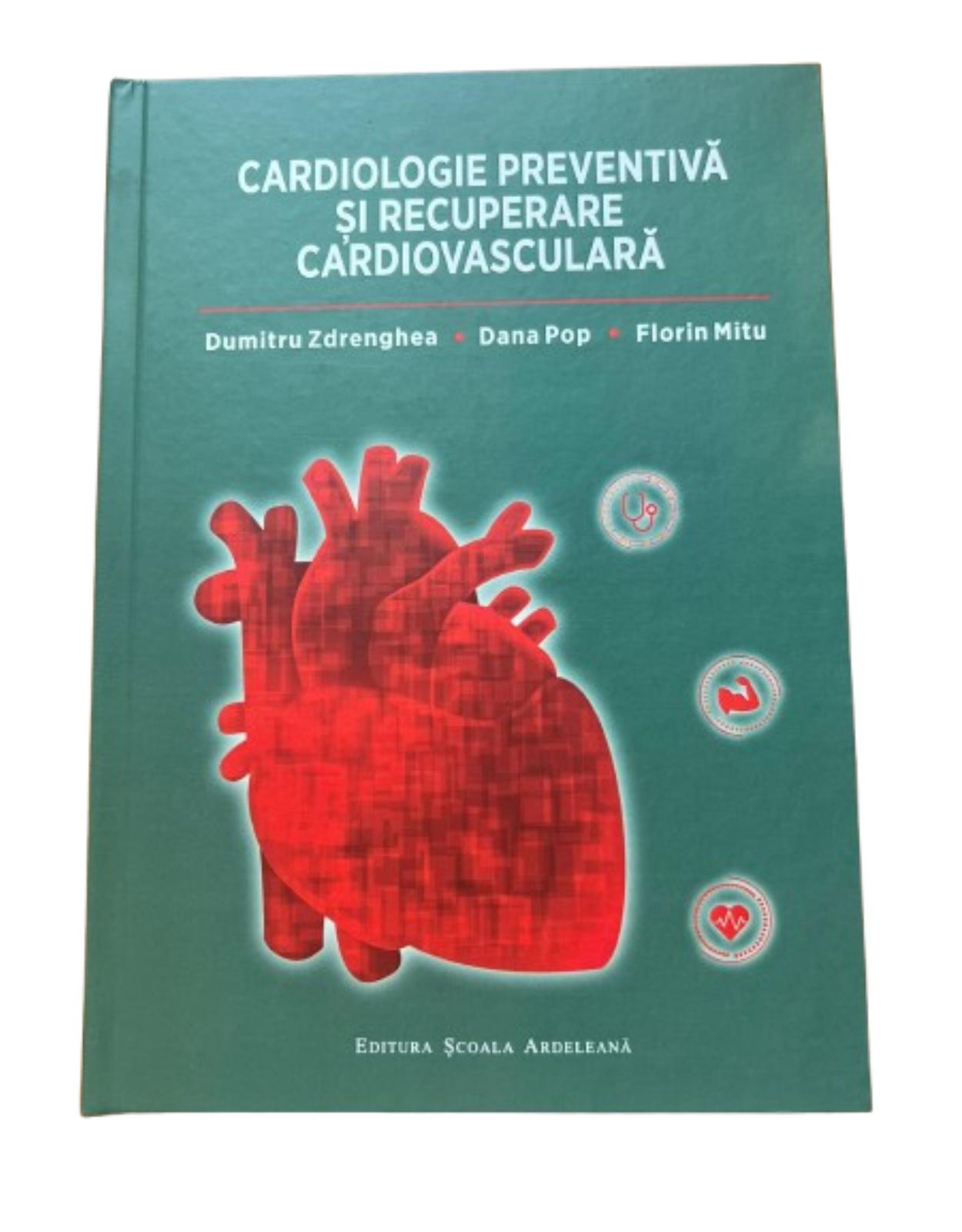
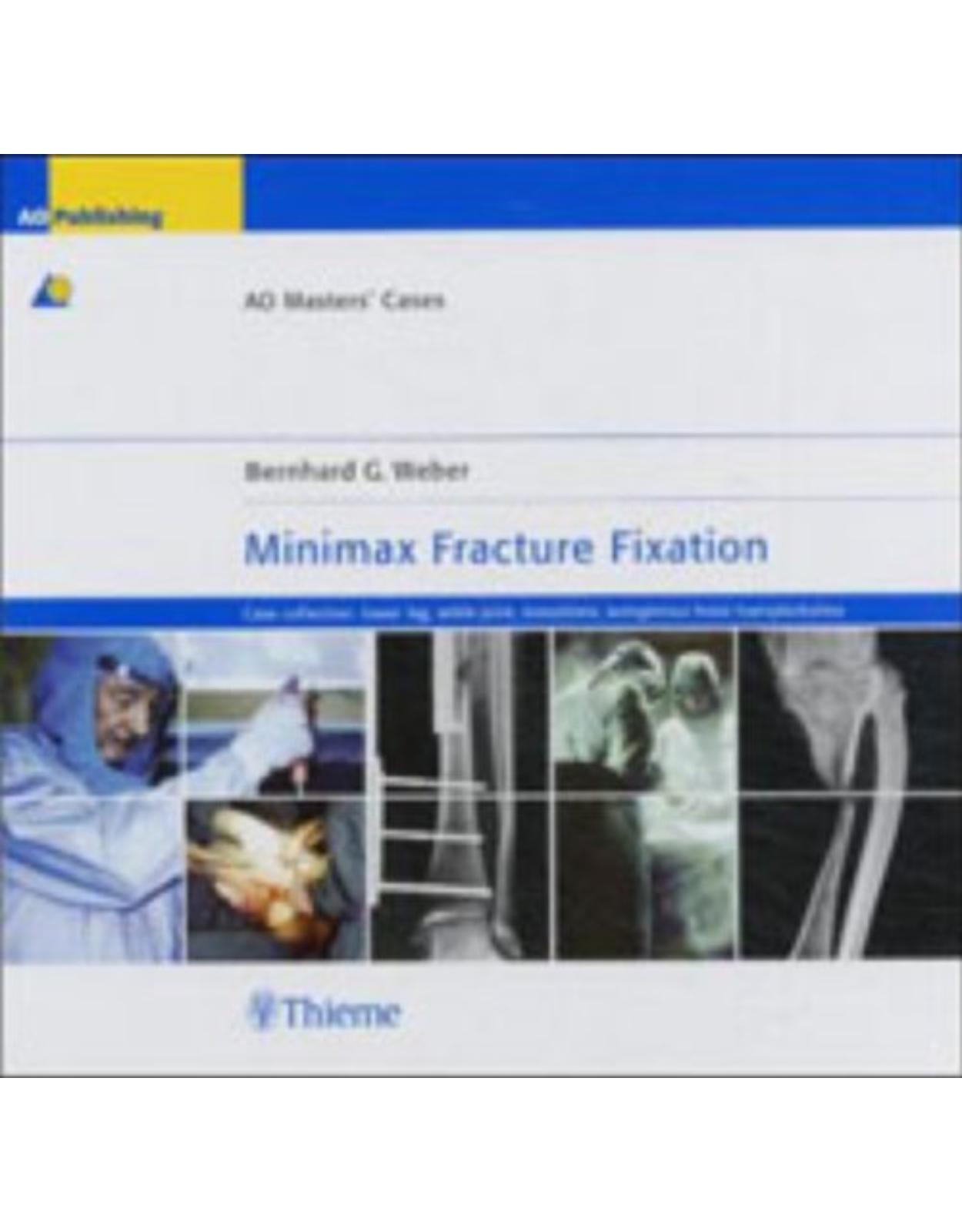
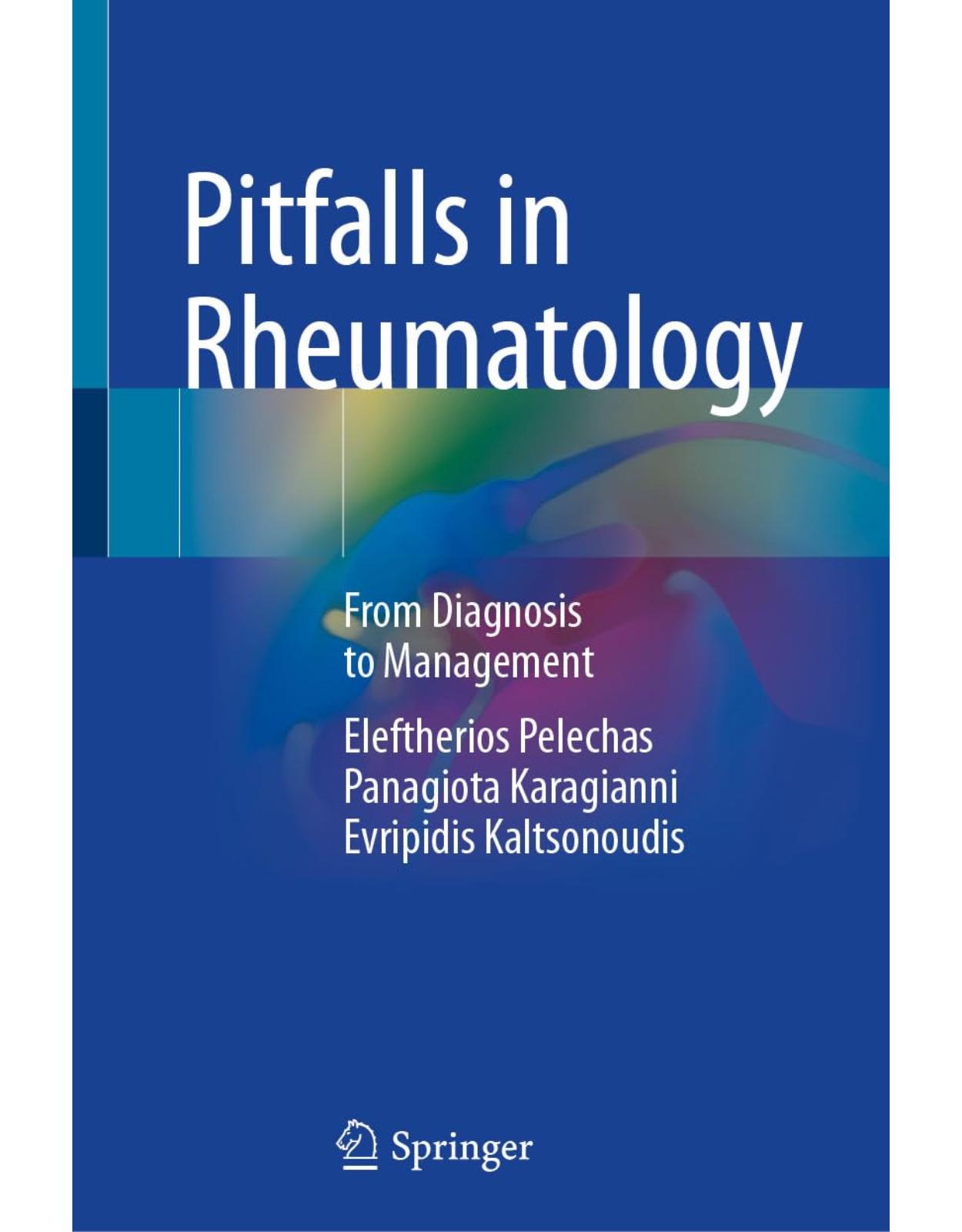
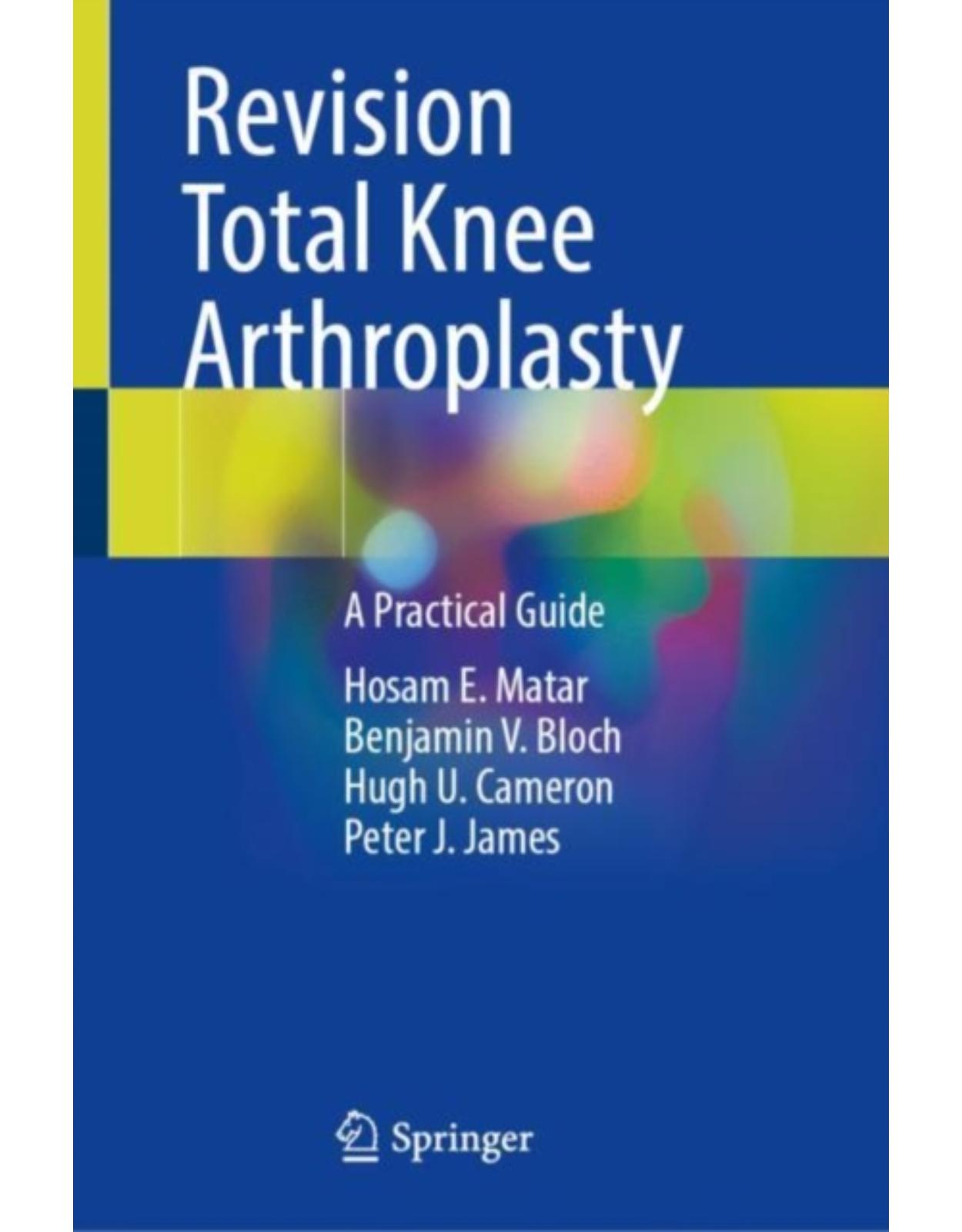
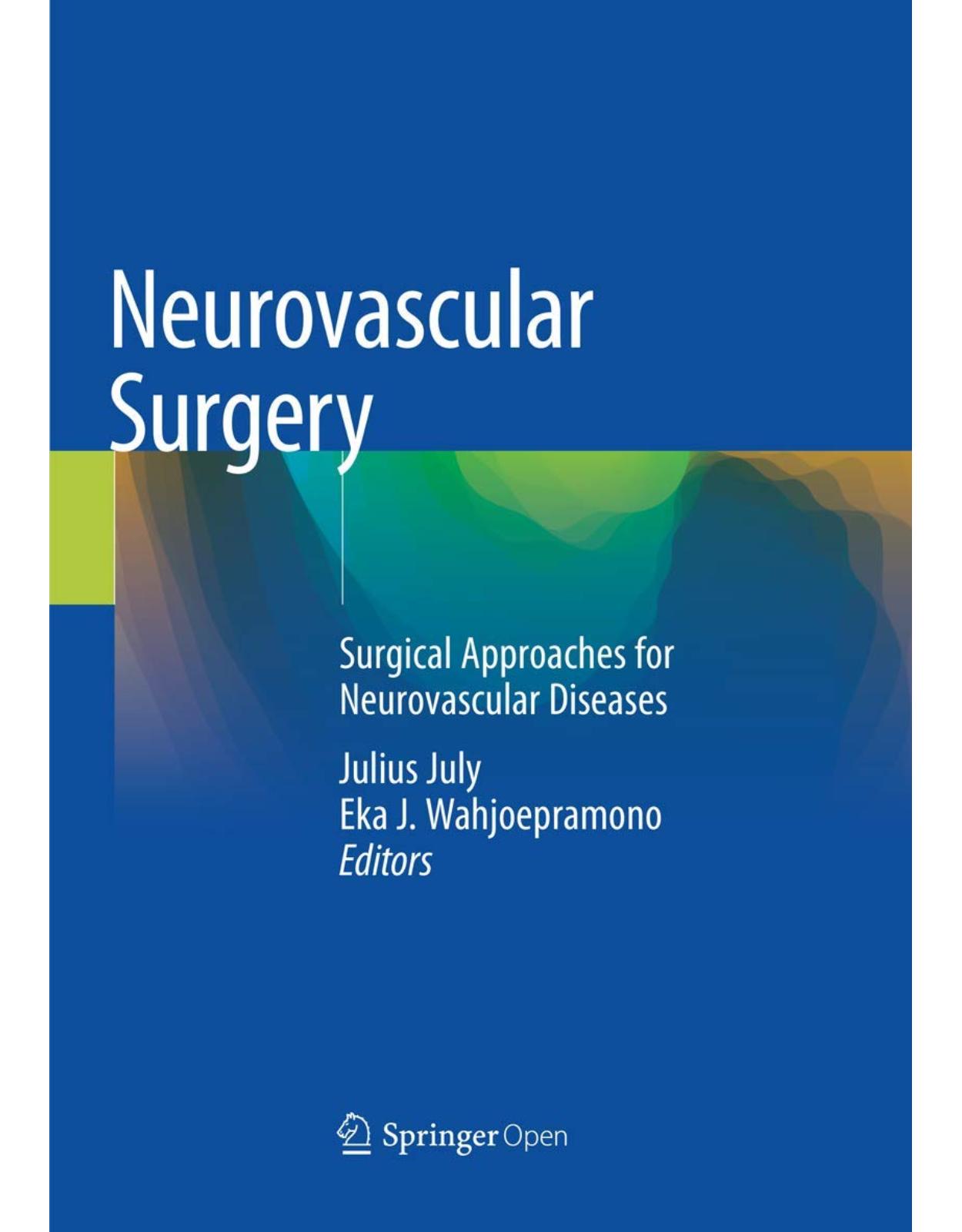
Clientii ebookshop.ro nu au adaugat inca opinii pentru acest produs. Fii primul care adauga o parere, folosind formularul de mai jos.